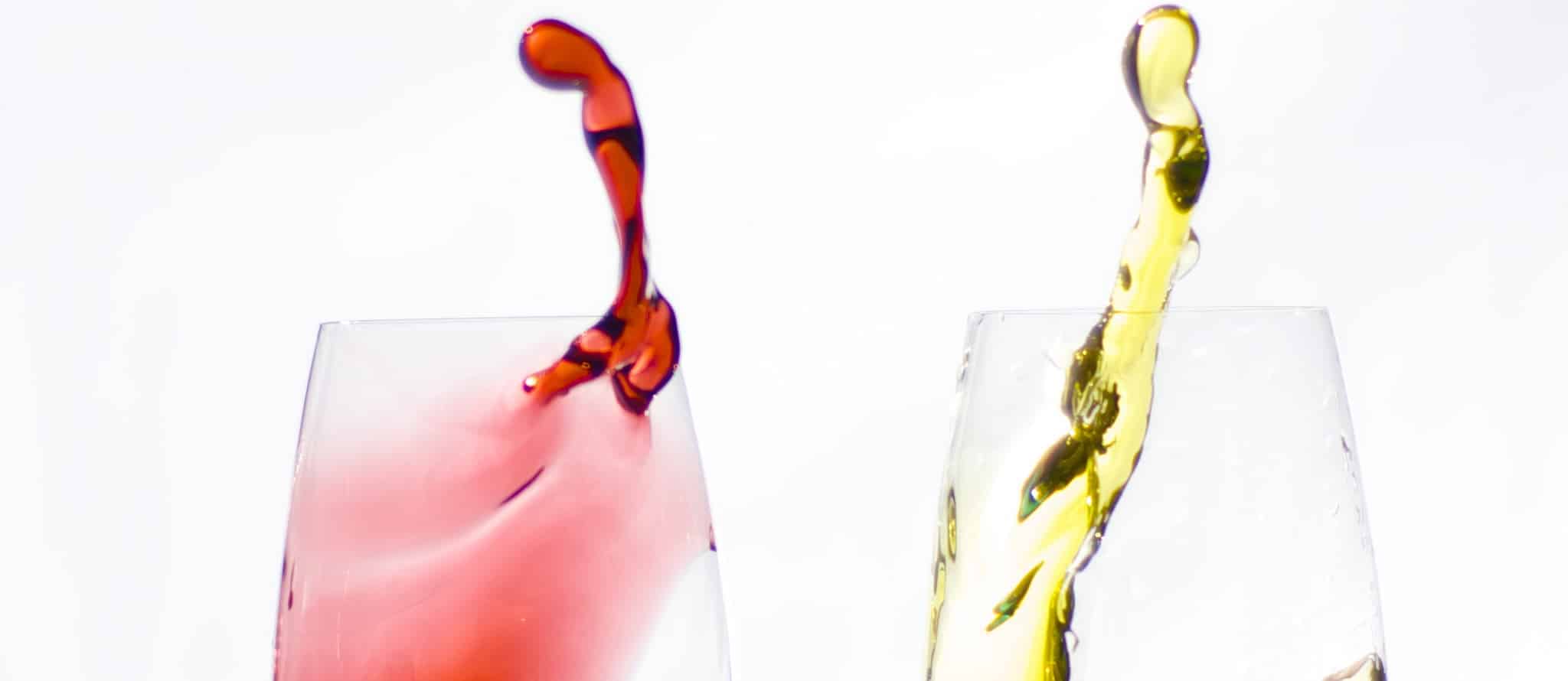After diagnosis, women with breast cancer may cut their risk of dying nearly in half by just instituting simple, modest lifestyle changes—5 or more servings of fruits and veggies a day and walking 30 minutes a day, 6 days a week. But what about preventing breast cancer in the first place?
If we follow the advice of the official dietary guidelines for cancer prevention, does it actually reduce our risk of cancer? If we manage our weight, eat more plant foods, less animal foods, less alcohol and breastfeed, based on the largest prospective study on diet and cancer in history, we may significantly lower our risk of breast cancer, endometrial cancer, colorectal cancer, lung cancer, kidney cancer, stomach cancer, oral cancer, liver cancer, esophageal cancer, and all cancers combined.
Of all the recommendations, the “eat mostly foods of plant origin” appeared the most powerful. For example, a study in the UK found that in just one year in Britain there were 14,902 excess cases of cancer caused by something participants were exposed to 10 years earlier. What was that something that ended up causing thousands of cancers?
Deficient intake of fruit and vegetables.
If that was instead, some chemical spill causing 14,000 cancers, people would be up in arms to ban it—but instead when that killer carcinogen is not eating their “fruit and veg” (as the Brits would say), it hardly gets anyone’s attention.
What if we throw in smoking, too? Researchers created a healthy lifestyle index, defined by four things: 1) exercise; 2) a dietary shift away from the standard American diet high in meat, dairy, fat, and sugar towards a more prudent dietary pattern—for instance more green and yellow vegetables, beans, and fruits; 3) avoidance of tobacco; and 4) avoidance of alcohol. Young women scoring higher on those four things cut their odds of getting breast cancer in half, older women cut their odds of breast cancer by 80%!
We’ve covered how even light drinking can increase breast cancer risk (see my video Breast Cancer and Alcohol: How Much is Safe?), but for women who refuse to eliminate alcohol, which is less carcinogenic: red wine or white? Some studies, outlined in my four minute video, Breast Cancer Risk: Red Wine vs. White Wine, actually suggest less or even no risk from red wine, and we may have just figured out why. Remember how mushrooms were the vegetable best able to suppress the activity of aromatase, the enzyme used by breast tumors to produce its own estrogen? (from my video Vegetables Versus Breast Cancer). Well, if we run the same human placenta experiments with fruit, strawberries get the silver, but grapes get the gold.
For more on the aromatase story, see:
- Breast Cancer Prevention: Which Mushroom Is Best?
- Breast Cancer vs. Mushrooms
- Why Do Asian Women Have Less Breast Cancer?
But what kind of grapes? The wimpy green grapes used to make white wine barely worked compared to those used for making red. Bottom line: “red wine may serve as a nutritional aromatase inhibitor, which may ameliorate the elevated breast cancer risk associated with alcohol intake.” But why accept any elevated risk? Just eat whole grapes! And if you do, choose ones with seeds if you can, as they may work even better. More on grapes in Fat Burning Via Flavonoids and Best Fruit Juice.
What if you already have breast cancer? Well, Cancer Prevention and Treatment May Be the Same Thing, but I do have a few studies on breast cancer survival and diet:
- Breast Cancer Survival and Lignan Intake
- Breast Cancer Survival and Soy
- Breast Cancer Survival and Trans Fat
- Breast Cancer Survival, Butterfat, and Chicken
-Michael Greger, M.D.
PS: If you haven’t yet, you can subscribe to my videos for free by clicking here and watch my full 2012 – 2015 presentations Uprooting the Leading Causes of Death, More than an Apple a Day, From Table to Able, and Food as Medicine.
